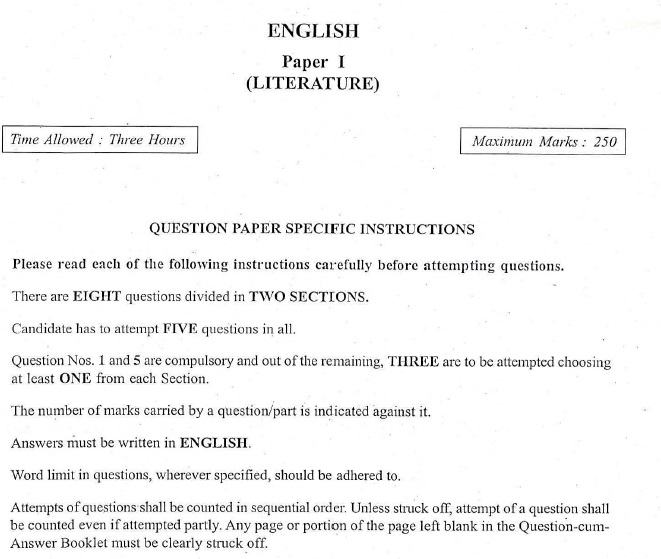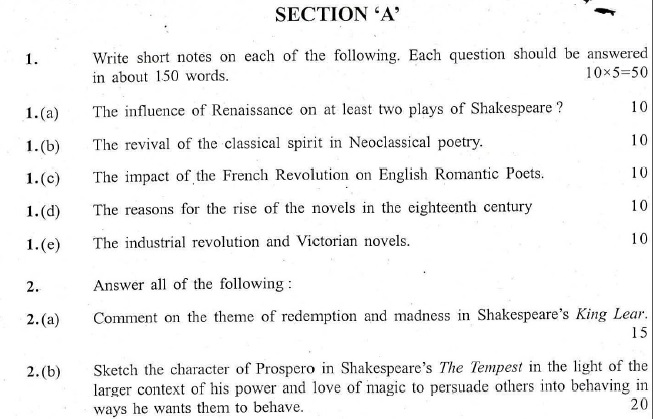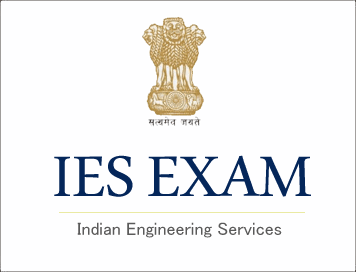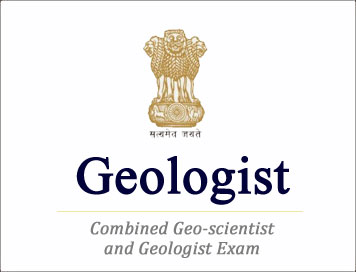
(Download) UPSC IAS Mains Exam Paper - 2017 : English Compulsory
(ENGLISH)
Time Allowed : Three Hours
Maximum Marks : 300
All Questions to be attempted
The number of marks carried by a question is indicated against it.
Answers must be written in ENGLISH only.
Word limit in questions, wherever specified, should be adhered to and if
answered in much longer or shorter than the prescribed length, marks will be
deducted.
Any page or portion of the page left blank in the Question-cum-Answer Booklet
must be clearly struck off.
SECTION-A
Q1. Write an essay in about 600 words on any one of the following topics :
(a) Recent Economic Relorens in India
(b) Threats to Environment
(c) Uses and Abuses of Social Networking
(d) Caring for the Aged
Q2. Read carefully the passage given below and write your answers to the
questions that follow in clear, correct and concise language :
Man, since antiquity, has been an inveterate traveller. Only the motivations
for travel have changed. In ancient times, the main motivations for travel were
trade, pilgrimage and conquest. It is not often realised how extensive among the
peoples several thousand years ago. For instance, there was considerable
interchange of ideas and knowledge between India and West Asia and the Graeco-Roman
civilization.
Travel became the means of acquiring culture in Europe. The tradition of the
Grand Tour which started in the 17th century was more firinly established in the
18th and the 19th centuries by the emergence of an affluent mercantile class.
After the Second World War, Europe lay in ruins. The Marshall Plan which was
introduced by the United States for the revival of the economies of European
countries made tourism as one of its planks. It provided large amount of money
for the reconstruction of hotels and tourism infrastructure of Western Europe.
What was Inore significant was that for the first time tourism was viewed as an
engine for economic development. This made the Governments start assuming
responsibility for the promotion of tourism.
Three technological inventions have fuelled the growth of travel on a large
scale in successive periods. First, the steam engine which made travel by rail
and steamship possible before 1914; then the internal combustion engine which
popularized travel by automobile in the inter-War years and lastly, the jet
propulsion engine which has led to the international tourist explosion of the
post-War era.
The Government of India also took note of the new phenomenon of tourism and
its economic implications. In 1947, the private sector consisted of a number of
hotels and travel agencies in the main cities mainly owned and operated by
foreign interests. As it happened in other industries after Independence, the
control of many of these hotels passed into the hands of Indian entrepreneurs.
At the same time, a number of new indigenously owned and operated travel
agencies and hotels started being set up. In the last 50 years, the Indian
travel industry has shown remarkable enterprise. Some of the leading Indian
hotel groups and travel agencies have branched out overseas and their
performance is highly regarded in the international tourism markets. The tourism
revolution which started in full measure 50 years ago has not run its course.
There are several reasons for taking a long-term optimistic view of tourism.
First, the increase in leisure time in industrialized societies; paid holidays
which were introduced as a social welfare measure have now become an accepted
feature not only in industrialized countries but also in many developing
countries. The length of paid holidays has increased. The working week, both in
public and private sectors, has come down to 40 hours, spread over 5 days.
Evidently Governments will have to concern themselves with the quality of use of
leisure. Tourism has become a preeminent form of recreation for the younger
people. This is reflected in the increase in travel in the age group of 18 to 25
years. Second, the rise in literacy and educational standards. Third, better
health care has made it possible for retired persons, above 60 years, to
undertake travel for pleasure. Fourth, the increase in discretionary incomes in
real terms in the last twenty years, partly due to two income families with
fewer children. Tourism is highly susceptible to income elasticity. Many
research studies have established that increase in income level in rcal terms
results in increase in propensity for travel. And lastly, taking a vacation,
generally twice a year, has become a way of life in modern societies.
(a) What, according to the author, were the main motivations for travel in
ancient times?
(b) What was the state of tourism in Europe and the United States?
(c) What part did technology play in the growth of tourism?
(d) How does the author describe the state of tourism in the post-Independence
India?
(e) Why does the author think that there is a bright future for tourisın in
modern societies?










